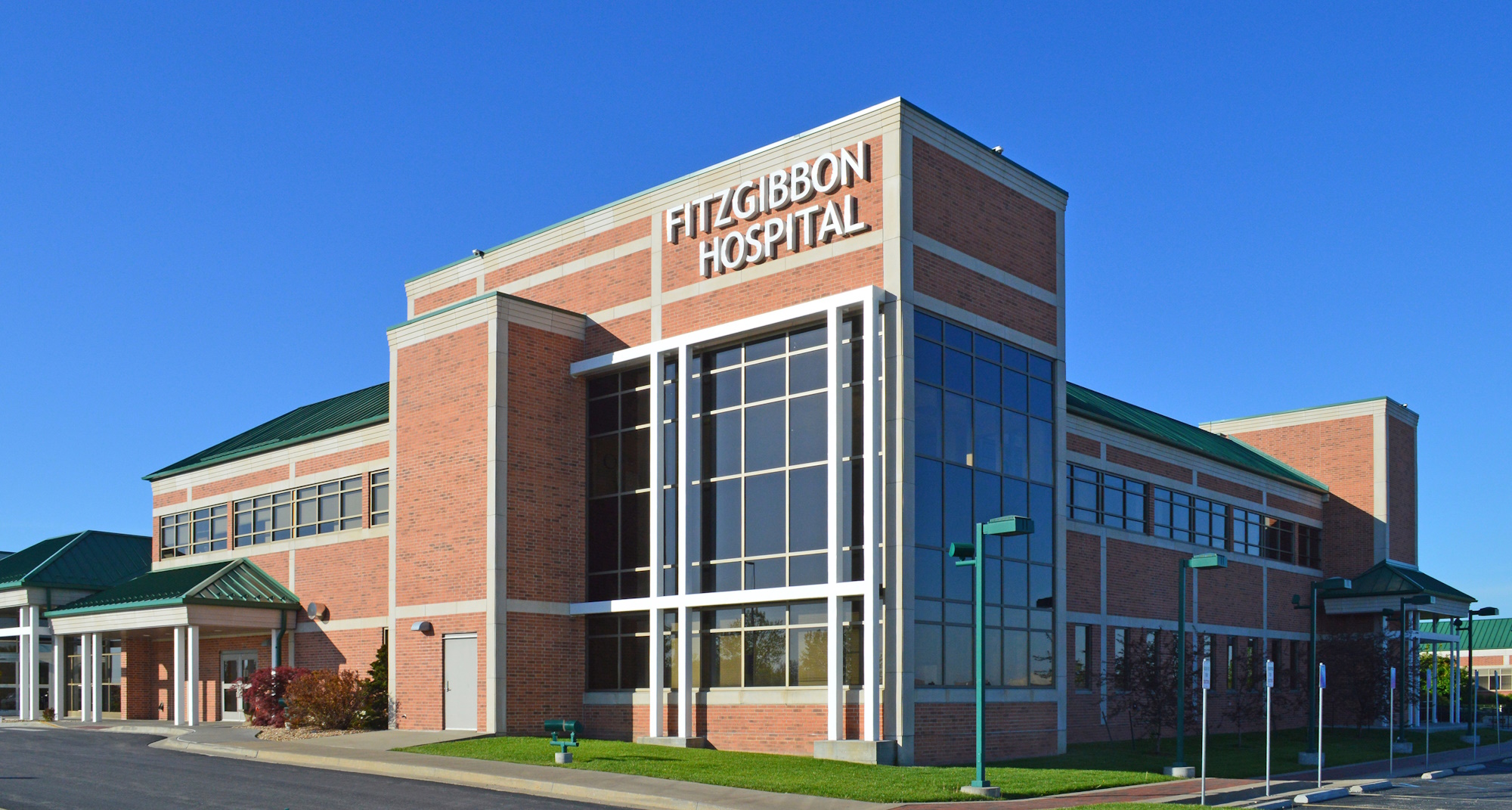Renal Cancer
What is Renal Cancer?
Kidney cancer is also called renal carcinoma. It is a cancer that starts in the kidneys. The most common type of kidney cancer is called renal cell cancer (also known as RCC, renal cell carcinoma, or renal cell adenocarcinoma). It accounts for more than 9 out of 10 cases of kidney cancer. While there are other types of kidney tumors, the information here refers only to renal cell cancer. Like all cancers, kidney cancer begins small and grows larger over time. It usually grows as a single mass or tumor within the kidney. But a kidney can have more than one tumor. Sometimes tumors are found in both kidneys at the same time. Kidney tumors are often found on CT scans or ultrasounds being done for concerns other than kidney cancer. The cancer might be found only after it has become very large. Most of the time it is found before it has spread
Clear cell renal cell carcinoma: This is the most common form of RCC. About 7 out of 10 people with RCC have this kind of cancer. When seen under a microscope, the cells that make up clear cell RCC look very pale or clear.
Papillary renal cell carcinoma: This is the second most common subtype -- about 1 out of 10 people with RCC have this kind. These cancers make little finger-like projections (called papillae) in some, if not most, of the tumor. Some doctors call these cancers chromophilic because the cells take up certain dyes used to prepare the tissue to be looked at under the microscope. The dyes make them look pink.
Chromophobe renal cell carcinoma: This subtype accounts for a few cases of RCCs. The cells of these cancers are also pale, like the clear cells, but are much larger and differ in other ways, too.
Collecting duct renal cell carcinoma: This subtype is very rare. The major feature is that the cancer cells can form irregular tubes.
Unclassified renal cell carcinoma: In rare cases, renal cell cancers are labeled as "unclassified" because they don't fit into any of the other groups or because more than one type of cell is present. to other organs. Like most cancers, RCC is hard to treat once it has spread.
Transitional cell carcinoma: About 5% to 10% of cancers in the kidney are transitional cell carcinomas, also known as urothelial carcinomas. Transitional cell carcinomas don't start in the kidney itself but rather where the kidney meets the ureter. Under the microscope, the cells look like bladder cancer cells. People with transitional cell carcinoma often have the same signs and symptoms as people with renal cell cancer -- blood in the urine and, sometimes, back pain.
These cancers are usually treated by removing the whole kidney and the ureter, as well as the part of the bladder where the ureter attaches. Smaller cancers can sometimes be treated with less involved surgeries. Chemotherapy (chemo) is sometimes given after surgery. It's important to talk with your doctor so you know your options and the benefits and risks of each treatment. About 9 out of 10 transitional cell carcinomas of the kidney can be cured if they are found at an early stage.
Wilms tumor: About 5% of all kidney cancers are Wilms tumors or nephroblastomas. This type of cancer is almost always found in children and is very rare in adults. If you want to learn more, call 1-800-227-2345 and ask for our document, Wilms Tumor.
Renal sarcoma: Renal sarcomas are a rare type of kidney cancer that start in the kidney's connective tissue or blood vessels. Renal sarcomas are discussed in more detail in our document, Sarcoma -- Adult Soft Tissue Cancer.
Risk Factors for Renal Cancer
Lifestyle related and job related risk factors are smoking, weight, and job hazards. Inherited risk factors are von Hippel-Lindau disease, papillary renal cell carcinoma, leiomyoma-renal cell carcinoma, birt-Hogg-Dube syndrome, hereditary renal oncocytoma. Other risk factors are family history, high blood pressure, certain medications, advanced kidney disease gender and race.
Can Renal Cancer be prevented?
In many cases the cause of kidney cancer is not known. And in some other cases, even when the cause is known there may not be anything that could have been done to prevent it. Still, there are some ways you may be able to reduce your risk of kidney cancer. Cigarette smoking accounts for a large number of cases, and stopping smoking may lower your risk. Obesity and high blood pressure are also risk factors for renal cell cancer. Stay at a healthy weight by exercising and choosing a diet high in fruits and vegetables. Getting treatment for high blood pressure may help reduce your chance of getting this disease, too. You should also avoid exposure to harmful substances in the workplace.
Signs and Symptoms
While early kidney cancers do not usually cause any signs or symptoms, larger ones may. Possible signs and symptoms of kidney cancer include:- Blood in the urine
- Low back pain on one side (not from an injury)
- mass or lump on the side or lower back
- Tiredness
- Weight loss, if you are not trying to lose weight
- Fever that doesn't go away after a few weeks and that is not from an infection
- Swelling of ankles and legs
Test to Find Renal Cancer
Several types of testing can be done to find Renal cancer.- CT scan
- MRI
- Ultrasound
- PET scan
- IVP
- Angiography
- Chest X-ray
- Bone Scan
- Biopsy
Treatment for Renal Cancer
Several types of treatment may be used to treat Renal cancer, including:- Surgery
- Radiation Therapy
- Chemotherapy
- Clinical Trials
- Pain Control
Treatment is based on the type of tumor, and in many cases a combination of treatments is used. The effectiveness of the treatment depends on the number of factors including the type, size and location of the tumor.
http://www.cancer.org/Cancer/KidneyCancer/OverviewGuide/index


